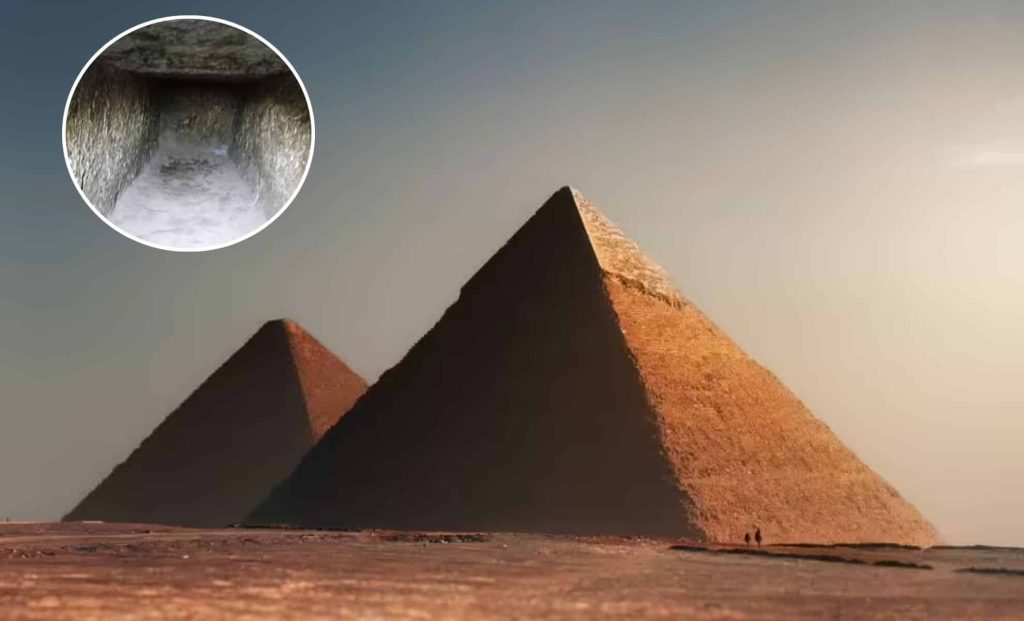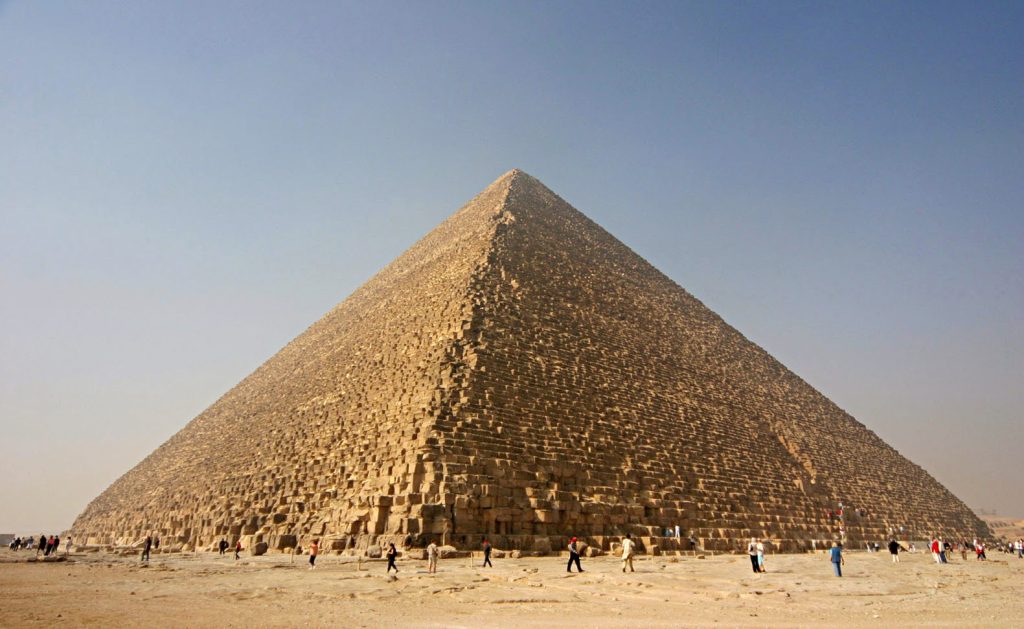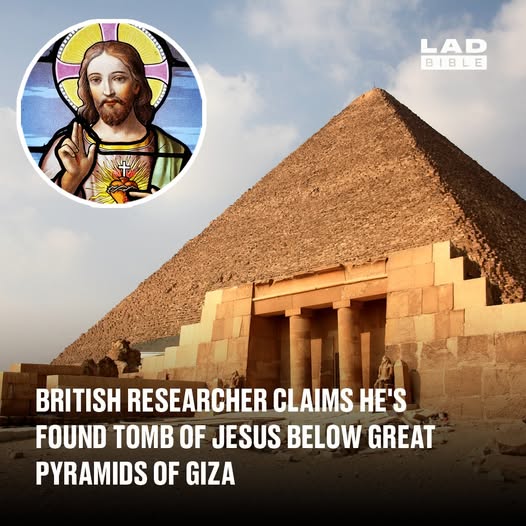A British anthropologist, Dr. Paul Warner, has made a groundbreaking claim suggesting that the tomb of Jesus Christ and the Ark of the Covenant are located in a hidden chamber beneath Egypt’s Great Pyramid of Giza. This assertion, if verified, could have profound implications for both archaeology and religious history.
The Discovery
Dr. Warner’s decade-long research led him to identify a sealed, double-chambered cave beneath the Great Pyramid’s southern passageway. He believes this “Cave of the Patriarchs” houses both the sarcophagus of Jesus Christ and the legendary Ark of the Covenant. Utilizing advanced technology, Warner conducted site surveys deep inside the cave, locating a stone block sealing the southern chamber passageway.
Methodology and Evidence
Warner’s approach combined cross-referencing texts from Judaism, Christianity, and Islam with ancient Mesopotamian clay tablets. His findings are reportedly supported by photo and video evidence, as well as geological survey data. He presented his research to the Egyptian Supreme Council of Antiquities, which acknowledged the potential significance of his work.

Implications and Controversies
If Warner’s claims are substantiated, they could challenge traditional beliefs about Jesus’ burial site and the location of the Ark of the Covenant. However, the discovery has sparked debate among scholars and religious authorities. Some experts urge caution, emphasizing the need for further investigation and verification.
A Shift in Historical Understanding?
If substantiated, the discovery of Jesus’ tomb and the Ark of the Covenant beneath the Great Pyramid would prompt a seismic shift in historical and theological understanding. Such a finding could rewrite sections of biblical history and raise important questions about the migration and burial practices of ancient religious figures. Scholars would need to reexamine accepted locations of major biblical events and reconsider Egypt’s role as a possible center of early Abrahamic activity, not just a place of exile or oppression. This theory is not entirely without precedent. Historical texts, including apocryphal writings, have occasionally alluded to lost artifacts being hidden in Egypt for safekeeping. Warner’s claims have thus fueled a renewed interest in such lesser-known sources, inspiring both academic and amateur researchers to revisit ancient records with fresh eyes.
Awaiting Verification
At this stage, the scientific and archaeological community remains cautiously intrigued. While some dismiss Warner’s conclusions as speculative or sensationalist, others argue that even the possibility of such a find merits further exploration. As efforts continue to validate the claim, experts stress the importance of transparency, collaboration, and careful excavation procedures to protect what could be some of the most valuable and sacred artifacts in human history. For now, the world waits—and wonders—what secrets might lie beneath the sands of Giza.

Conclusion
Dr. Warner’s assertions have reignited interest in the mysteries surrounding the Great Pyramid of Giza. As the archaeological community awaits further exploration and validation of these claims, the potential discovery of such significant religious artifacts continues to captivate the imagination of many worldwide.

















